Own a The UPS Store® Center
Whether you're a seasoned entrepreneur or just exploring a new path to financial growth, you'll find unmatched franchise opportunities when you purchase a The UPS Store® franchise.
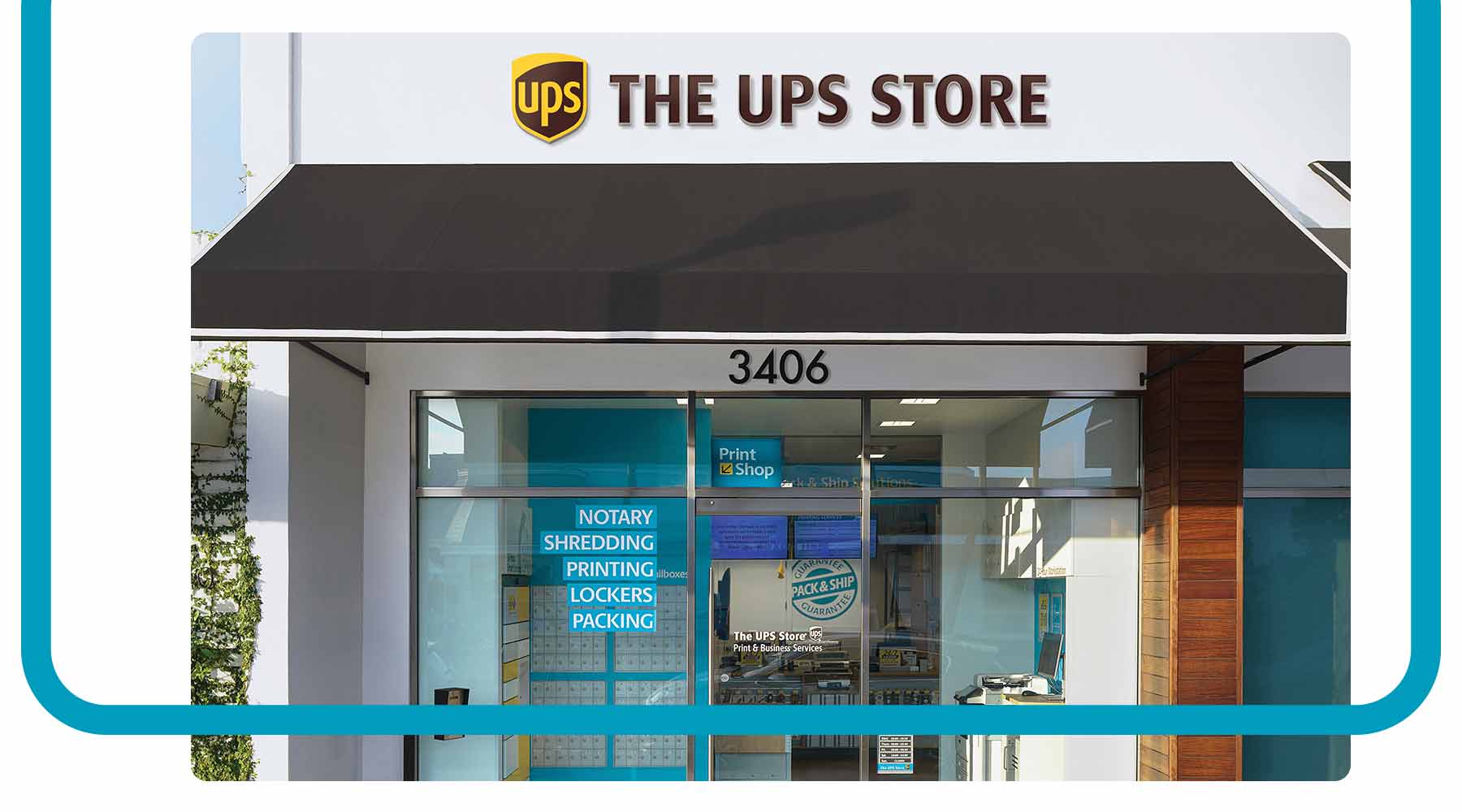
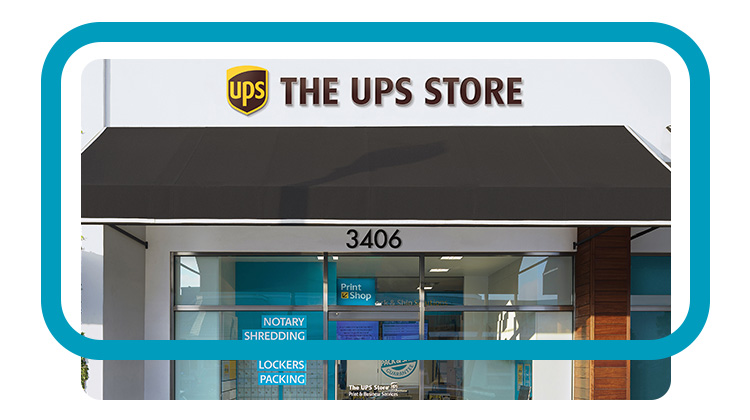
Table of Contents
Packaged for Growth
When you purchase a The UPS Store® franchise, you’re purchasing a lot more than a brick-and-mortar location. You also get the support, name recognition and reputation of The UPS Store® brand.
Ongoing Support:
We provide support from day one that continues throughout the franchise term. This includes a comprehensive training program, advertising and marketing campaigns and a network of knowledgeable and dedicated franchisees.
Name Recognition:
The UPS Store, Inc. has been franchising for over four decades now and has a substantial footprint of over 5,400 franchise locations1.
Reputation:
The UPS Store® franchise is in the top ten for best franchise system in the country, according to Entrepreneur Magazine’s 2025 Franchise 500® list; and, we’re ranked #1 brand in their Postal & Business Centers category for the 35th consecutive year.
Purchase Options
An Opportunity Made for You
The UPS Store® franchise offers a variety of location types to fit the needs of our communities and small businesses nationwide. Startup franchise costs vary based on the type of center you’re looking for, the size of the store and where the center is located.
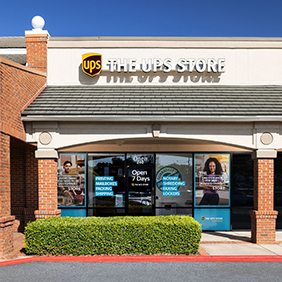
Traditional: Non-Rural Locations
A standalone center located in retail shopping locations with high visibility
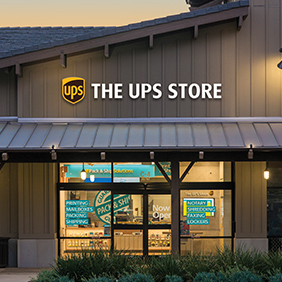
Traditional: Rural Locations
A standalone center located in areas of less population density within tight-knit communities
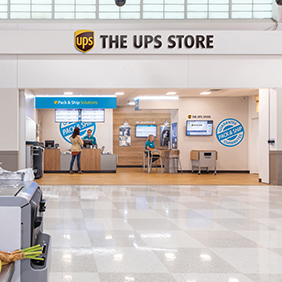
Non-Traditional & Store In Store
A center located inside a retail business, hotel, convention center, college campus or military base.
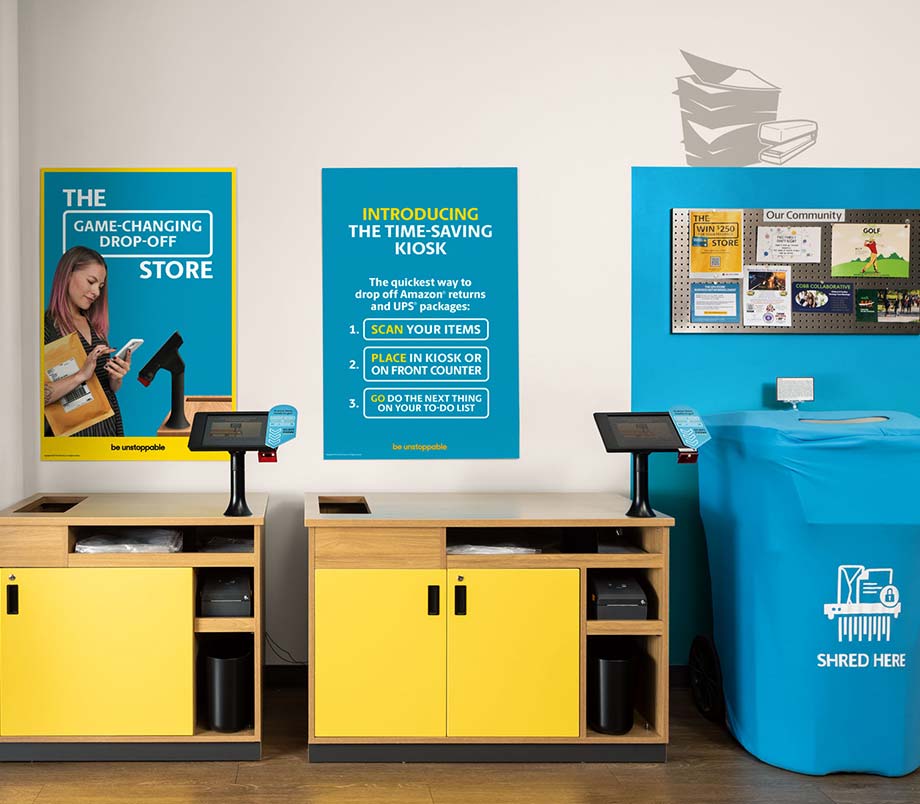
Franchise Awarding Process
Getting Started
We know any purchase you make should be well researched, so we work hard to provide prospective franchisees a thorough understanding of our franchise opportunities. Our team of specialists will help facilitate the process every step between your first application question to your first customer — and every ownership experience after.
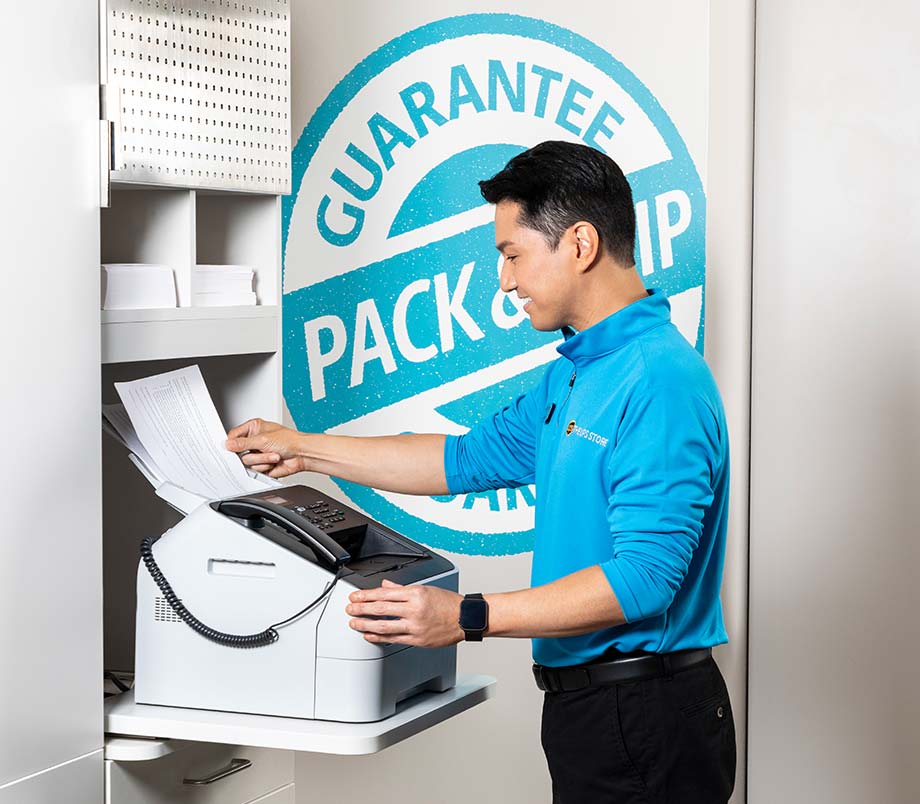
Cost
Purchase Requirements
Startup costs vary based on traditional or non-traditional franchise models, size and location. An initial franchise fee covers the upfront support and services you'll receive to help ensure a strong start, while additional royalty and marketing/advertising fees will cover our ongoing support.
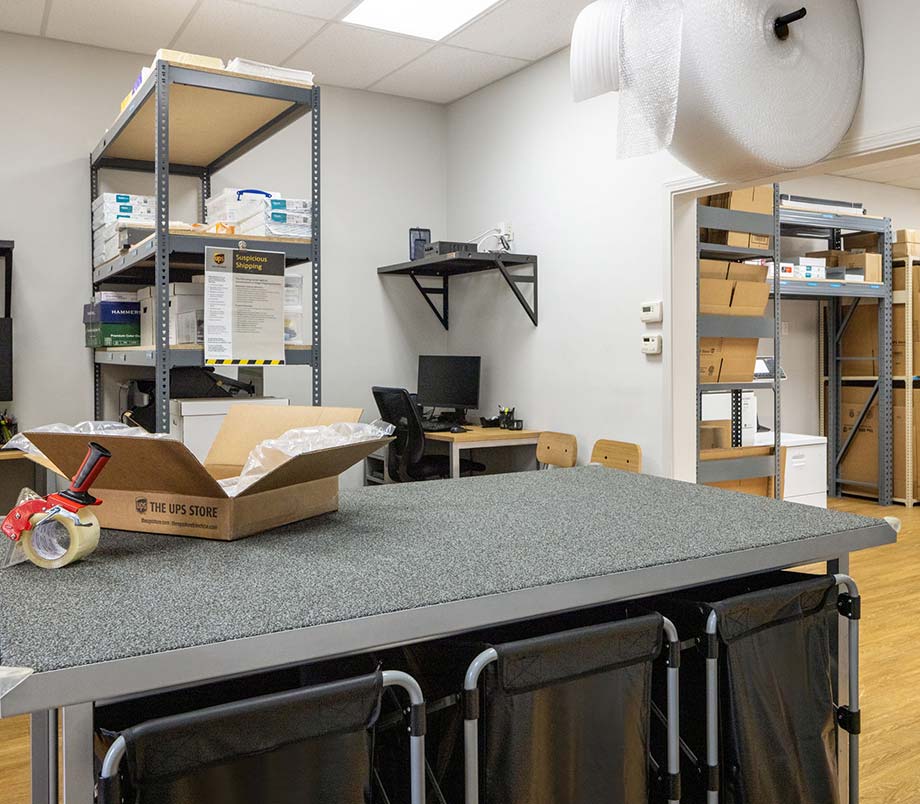
Training & Support
Building Your Business
From business marketing courses to hands-on equipment training, we offer a four-phase training program to prepare franchisees for their own center needs. Franchisees acquire all the tools and tech acumen needed to build a strong foundation well beyond grand opening day.2
How much does it cost to open a The UPS Store® franchise?
Startup costs vary depending on factors including but not limited to the store type, size and location. Traditional, rural and non-traditional centers each have unique investment ranges. Costs include but are not limited to an initial franchise fee, training, equipment, buildout and working capital. Ongoing royalty and marketing fees also apply. Visit our franchise cost page for more information.
What types of franchise locations are available?
The UPS Store® franchise offers several models:
- Traditional (Urban & Suburban): High-traffic retail areas
- Traditional (Rural): Tight-knit communities with lower population density
- Non-Traditional / Store in Store: Located inside hotels, campuses/universities, military bases, convention centers or other retail businesses
What kind of training is included?
The UPS Store® franchise provides a comprehensive, multi-phase training program that covers:
- Business operations
- Equipment and service training
- Local marketing
- In-store experience
- Print Services training
This includes online courses and in-person instruction, preparing franchisees before and after opening. Visit our franchise training and support page for more information.
What support is provided after I open?
Support from The UPS Store® network continues beyond your grand opening. Franchisees may benefit from:
- National, regional and local marketing campaigns
- Access to a toll-free Help Desk for technology and operational questions
- A regular e-newsletter with updates from across the network
- Field support and peer-to-peer guidance from a network of franchisees nationwide
- Ongoing updates and resources to help you stay aligned with brand standards
- Commerce Ready Services – increased customer traffic and user friendly workflows to keep your center working efficiently
You’ll also continue receiving support through ongoing communications and access to training resources as your center grows.
Is The UPS Store® business a franchise?
Yes. The UPS Store® network has been franchising for over 40 years and has over 5,400 franchised locations across the U.S. It’s consistently ranked among the top franchises by Entrepreneur Magazine, FranchiseTimes®, USA Today – Best Customer Service and more.
How do I apply to open a The UPS Store® franchise?
Start by clicking “apply now” and completing the request form. A Franchise Development Manager will disclose you with the Franchise Disclosure Document, guide you through the franchise application and qualification process and next steps.
Let's Get Started
1 Previously offered as a Mailboxes, Etc., by The UPS Store, Inc.'s predecessor, Mailboxes, Etc., Inc.
2 For more information, see Item 11 of our Franchise Disclosure Document

